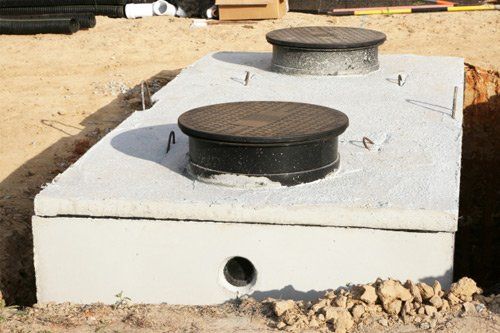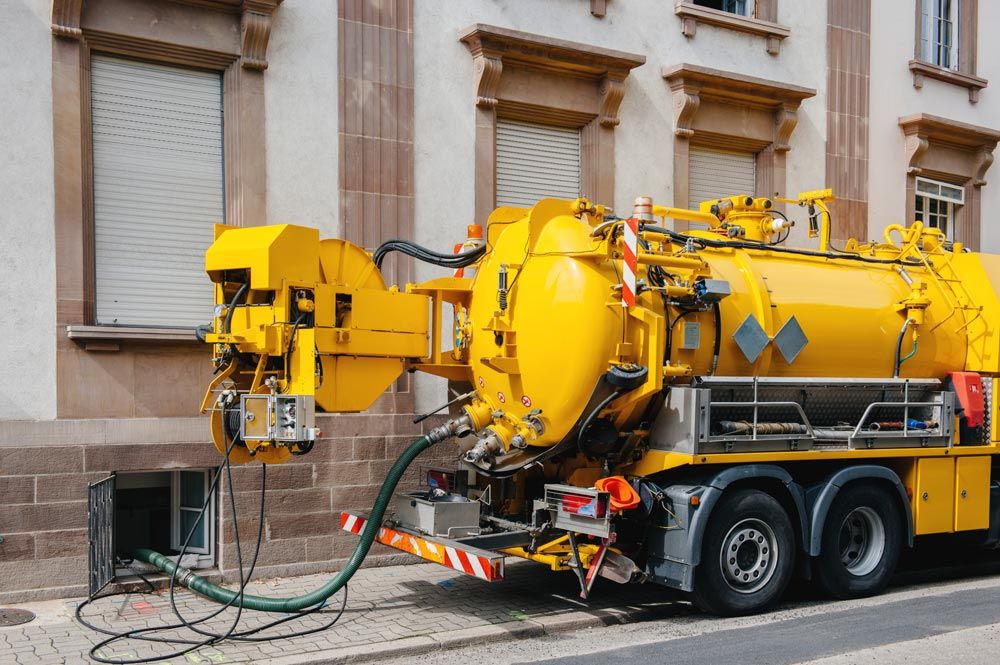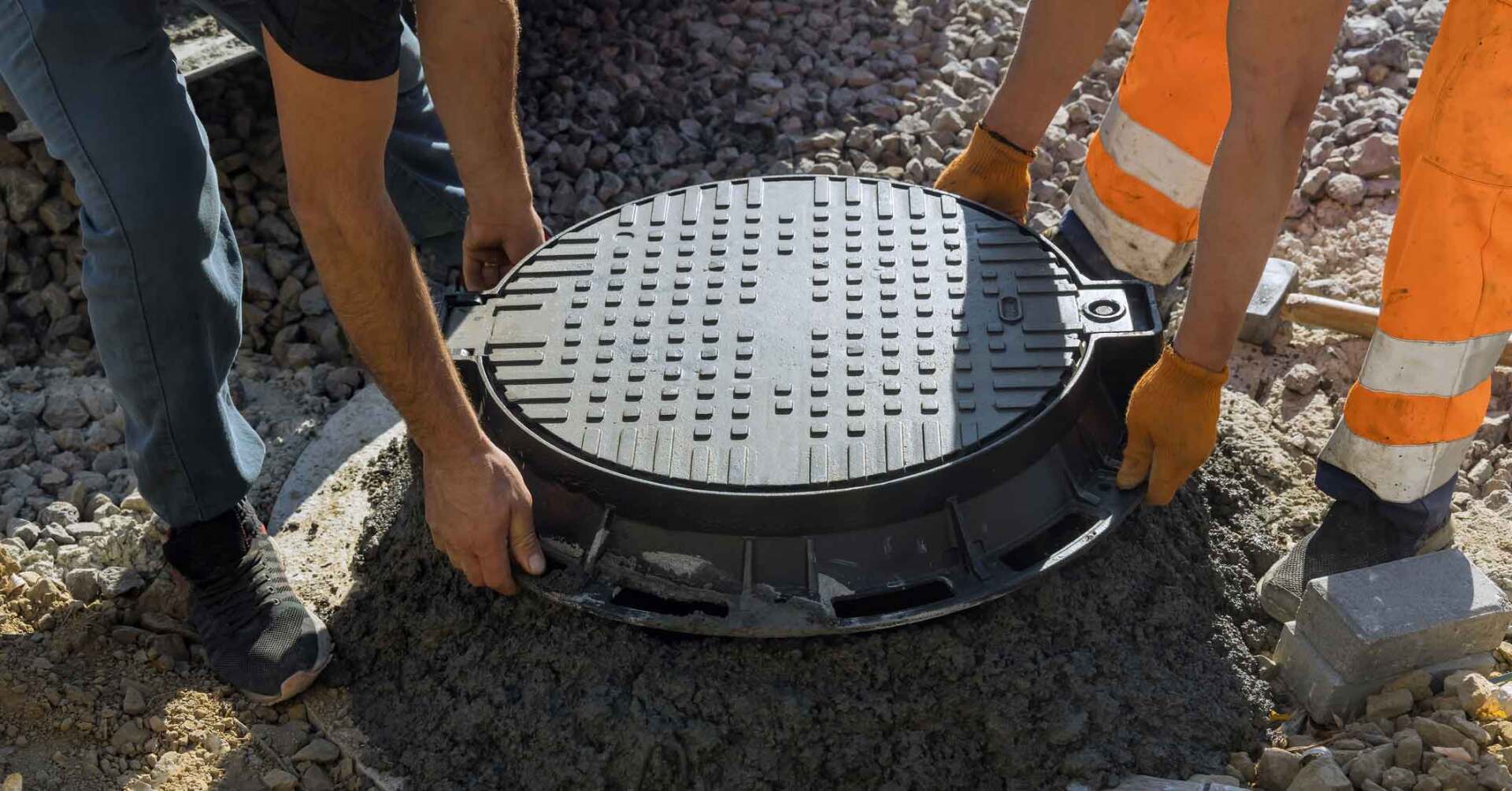3 Common Causes of Cracked Septic Tanks

The most important feature of a septic system is the buried tank, which contains wastewater as it moves out of your home. Despite the heavy-duty nature of this tank, it remains susceptible to damage if not cared for properly.
Cracks are the most common form of septic tank damage. A crack allows wastewater to escape from the tank, which creates potential health hazards. If you would like to learn more about the factors that can lead to a damaged septic tank, keep reading. This article takes a closer look at three common causes of septic tank cracks.
1. Vehicular Weight
One of the most common causes of septic cracks involves vehicles driving or parking directly on top of the tank. Even when buried below several feet of earth, a septic tank simply cannot handle such compressive forces. Not only can the weight of a car crack a septic tank, but it can also cause a weakened tank to collapse entirely.
Be sure to learn the exact location of your septic tank, and never drive or park cars in that vicinity. Those who simply cannot avoid placing a septic tank along a driveway or road must select an appropriately reinforced tank. A septic professional can help determine which tank design offers the necessary top-loading strength to resist vehicular damage.
2. Concrete Mix
Some concrete septic tanks consist of preformed concrete blocks mortared together. Other tanks consist of fresh ready-mix concrete poured into forms and cured on-site. In the latter case, the exact proportions of the concrete mix play a huge role in determining the long-term structural stability of the tank.
The water-to-cement ratio of your concrete mix should never exceed 0.45. Above that level, the curing concrete experiences excessive amounts of bleeding — in other words, water rising to the surface of the concrete.
A high bleed rate increases the amount of capillary pores in the concrete. These void-like pores allow water to flow into and through the concrete. This porosity presents problems for long-term durability, especially for those who live in regions with cold winters. As water trapped in the concrete freezes, it expands, which creates pressure that can easily crack the concrete.
A low water-to-cement ratio improves the watertightness of the concrete, which protects it from damage due to expansive forces.
3. Expansive Soil
The ground around your septic system can also lead to a cracked tank, especially for those whose soil contains a high clay content. These expansive soils can absorb much greater amounts of water than regular soil. As a result, expansive soils undergo proportionally larger volume changes than regular soil.
As expansive soil soaks up water and expands, it exerts increasingly greater amounts of pressure on the walls of your tank. This pressure can easily cause cracks to form. Expansive soil also becomes problematic during especially dry periods, when it shrinks out, pulling away from the walls of the tank and leaving it undersupported.
At such times, the weight of the wastewater can create large enough amounts of stress to crack the walls of the tank. Preventing damage due to expansive soil begins with proper septic system planning. Ideally, a professional should install a septic tank with the requisite strength to withstand expansive forces.
Homeowners can also protect pre-existing tanks against expansive soil by practicing smart water management. Landscaping should direct water away from septic tanks whenever possible. During dry seasons, you may need to take the opposite approach, which ensures that your yard remains well enough hydrated to prevent excessive shrinkage.
For more information about how to protect a septic tank from cracking, contact the industry pros at The Nibbler Company.




